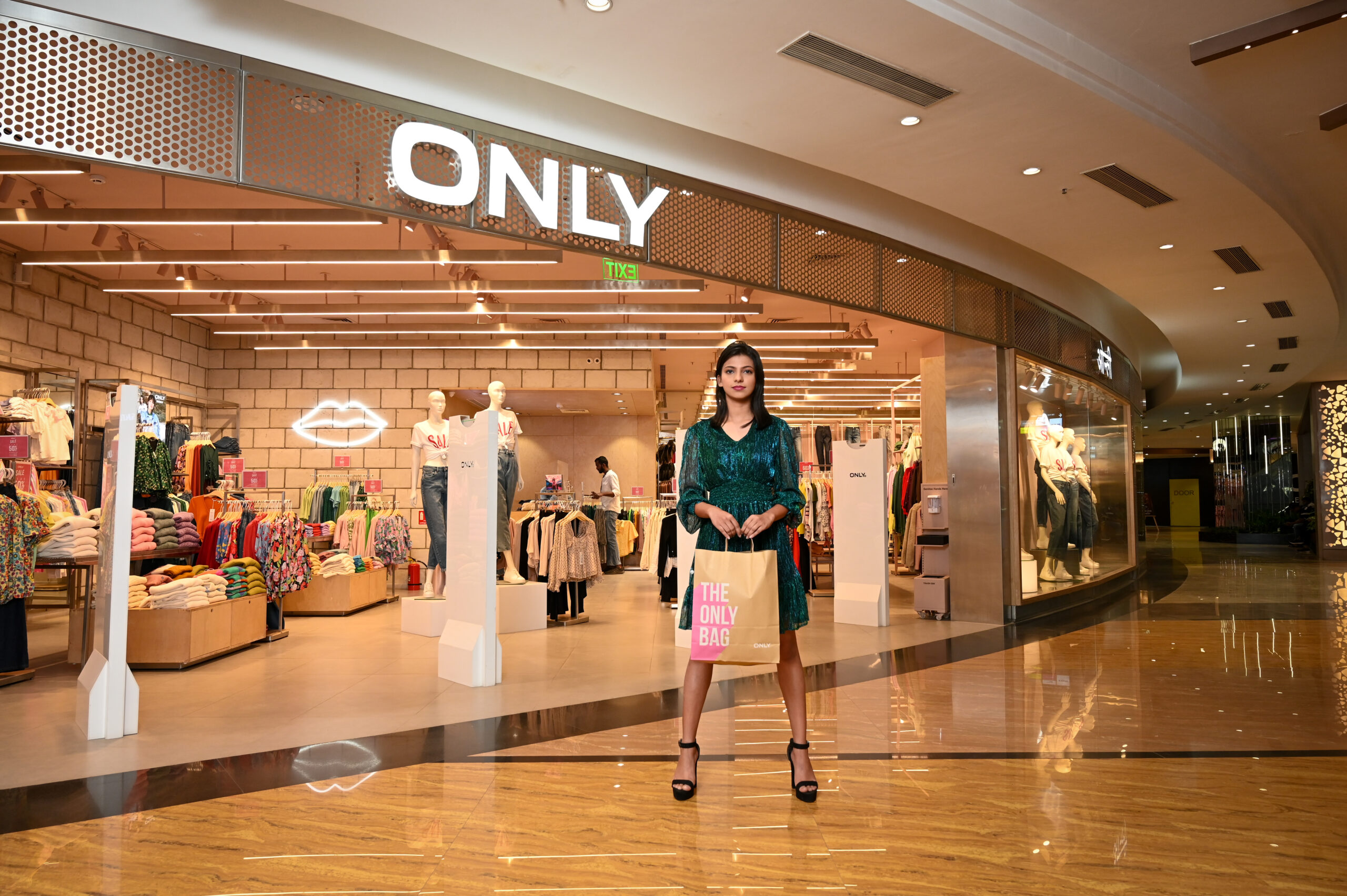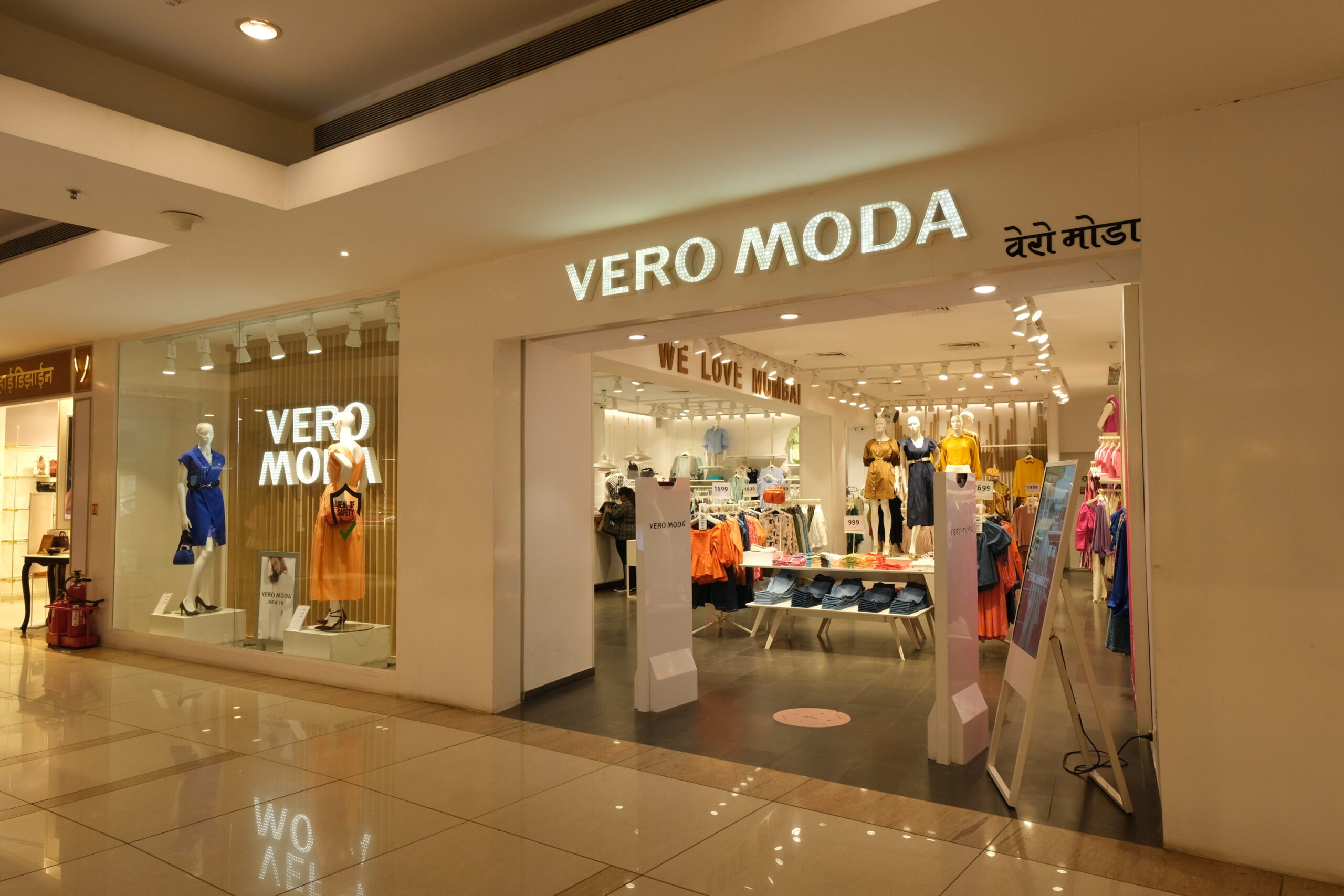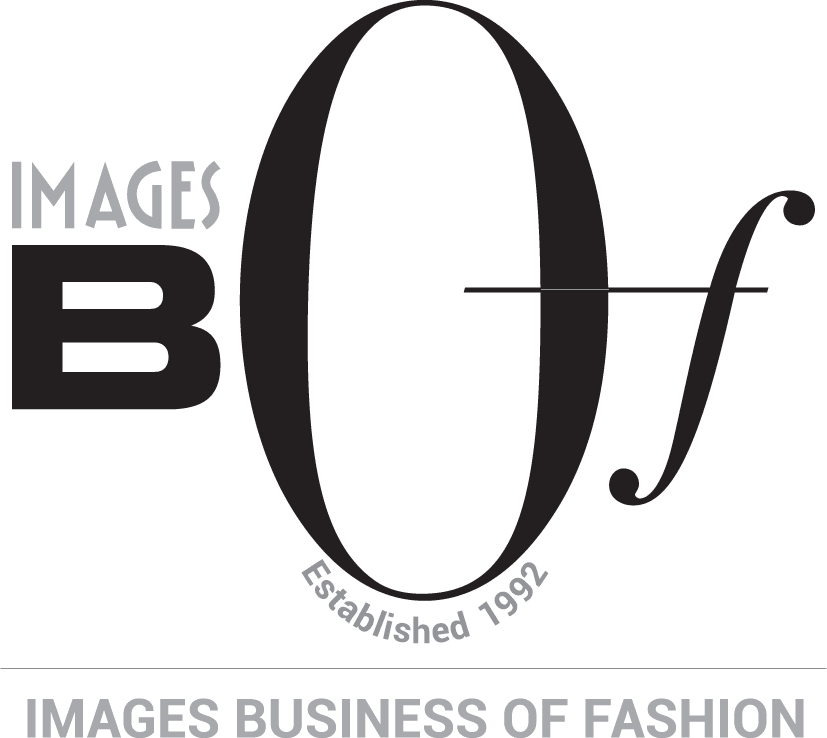In the fast-paced world of fashion retail, sourcing and merchandising heads are far more than back-end operators—they are the engine room of execution. From turning creative vision into shelf-ready product to balancing cost, speed, and quality, they sit at the intersection of strategy and supply chain. They build vendor ecosystems, manage risks, ensure compliance, and keep timelines razor-sharp—all while navigating global trends and local complexities.
One such person whose decisions impact margins, sustainability goals, and brand perception is Ashish Tomar. Head of Sourcing at BESTSELLER India, Ashish Tomar doesn’t just deliver collections—he delivers competitive advantage, season after season.
Leading end-to-end sourcing and product development for BESTSELLER India’s kidswear portfolio, Ashish Tomar’s work includes developing robust supplier ecosystems, driving vendor performance, ensuring quality compliance, and balancing cost with speed-to-market.
Growing up in Delhi with an analytical mind and a creative bent, the apparel industry offered him a perfect intersection of logic and design. His education at NIFT Bangalore further anchored that interest giving him a holistic view of product creation, sourcing ecosystems and the business of fashion. Today, at BESTSELLER India, Ashish works closely with the design, merchandising, and planning teams to deliver commercially successful collections season after season.
Experience, Skill Set & Work FocusOver the past 21 years, Ashish Tomar has worked across global brands including Tommy Hilfiger, Calvin Klein, Puma & Forever 21 in various roles spanning quality, merchandising and sourcing. His journey has traversed diverse setups—manufacturing hubs, buying offices and brand-led organizations. His specific skill set includes: – Strategic sourcing & vendor development – Cost engineering & negotiation – Product development – Domestic vs. international sourcing strategy – Sustainability and compliance integration – Cross-functional collaboration with design, planning & buying teams |
Leadership & Management Style
Ashish describes his leadership philosophy as one which empowers, aligns and stresses on the importance of being accountable. “I believe in building ownership within the team, giving them clarity and space to deliver. I also lead by example—especially in high-pressure situations where calm and structure are essential,” he says, adding that the management practices which he finds most effective in the apparel industry include:
- Agile decision-making
- Cross-functional alignment early in the product calendar
- Data-led tracking & feedback loops with vendors
- Keeping factories invested in long-term partnerships rather than transactional relationships
He helps foster innovation and creativity within his team by regularly conducting “what-if scenario” planning, engaging with vendors for R&D-led sampling, and encouraging collaborative brainstorming sessions between design, sourcing, and tech teams—especially before key development seasons.
 Ashish credits his growth as a professional and leadership style to various industry titans he’s had the good fortune of working with and observing in action. He lists them in order:
Ashish credits his growth as a professional and leadership style to various industry titans he’s had the good fortune of working with and observing in action. He lists them in order:
- Shirish Srivastava: who’s unique ability to cut through complexity and arrive at simple, actionable solutions is something I strive to bring into my decision-making every day.
- Shailesh Chaturvedi: who stands out for his business acumen and the way he scaled global brands like Tommy Hilfiger & Calvin Klein in India, with a sharp focus on profitable growth.
- Harish Ahuja: whose long term vision and unwavering conviction in building a future-ready supply base have deeply influenced my approach to vendor partnerships.
- Vineet Gautam: who taught me the power of people-first leadership – how to drive scale while nurturing culture and clarity.
Core Sourcing Knowledge
Walking us through his end-to-end sourcing process for a fashion season, Ashish explains that this starts with aligning on the seasonal brief with design & merchandising on understanding key trends, target costs and timelines.
“We identify the right suppliers based on product strength and begin fabric and trims development for sampling. Once the line is presented to the buying team / distributors, they book their respective quantities against their selection. Then once we have the final adopted styles, sourcing initiates the cost negotiation, final approvals and time and action calendars before the PO issuance. From there, it’s a focused execution process – tracking production, ensuring quality and managing deliveries to hit market timelines,” he further explains.
Metrics for Evaluating & Selecting Suppliers for Different Product Categories– Category capability & technical strength – Cost competitiveness – T&A discipline – Compliance and audit track record – Past performance with similar brands Key Metrics Used to Measure Supplier Performance– On-time delivery – Right-first-time performance – Audit scores (social & quality) – Claims ratio – Cost-to-value score |
Ashish says his team follows a structured approach to ensure compliance with quality and ethical standards across their supplier base. This approach combines clear expectations, regular audits, and strong on-ground relationships.
“Every supplier is onboarded with defined quality and compliance benchmarks, and we conduct periodic third-party audits to monitor ethical practices and working conditions. Quality is embedded through inline inspections, pre-final checks, and continuous feedback loops. Beyond formal checks, we believe in building trust and transparency with our vendors—ensuring they see compliance not just as a requirement, but as a shared responsibility.”
A Cross Functional Approach
Aside from third party vendors and suppliers, Ashish is of the firm belief that working in tandem is in-house teams is key to success. “Strong cross-functional alignment is at the heart of effective sourcing. I work closely with the design, merchandising and planning teams right from the concept stage—ensuring sourcing strategies are not reactive but built into the product creation process.”
- With the Design Team: Focus on enabling creativity with commercially viable fabrics and finishes, often co-creating solutions with mills and vendors.
- With the Merchandiser Team: Focus on aligning on cost frameworks, margin targets and timelines to ensure feasibility without compromising brand intent.
- With the Planning Team: Focus on using past sell-through data and future forecasts to guide MOQs, capacity booking and delivery calendars.
“My role is to bring market intelligence, vendor capabilities and supply-side realities into early decision-making—so we collectively drive speed, cost-efficiency and product quality in line with business goals,” says Ashish.
 He also manages both domestic and international vendors, which differ significantly across key parameters. “Managing domestic vendors allows for faster communication, shorter lead times, and easier collaboration—making them ideal for agile, trend-driven sourcing. Proximity also enables better quality control, quicker sampling and stronger relationship building. However, domestic sourcing often comes with higher production costs,” he explains, adding, “On the other hand, international vendors offer cost advantages and scale, especially for large-volume or price-sensitive categories, but come with longer lead times, complex logistics, and the need for structured communication and compliance systems. While domestic sourcing supports speed and flexibility, international sourcing brings competitive pricing and technical capabilities—making it important to balance both based on product need and business priorities.”
He also manages both domestic and international vendors, which differ significantly across key parameters. “Managing domestic vendors allows for faster communication, shorter lead times, and easier collaboration—making them ideal for agile, trend-driven sourcing. Proximity also enables better quality control, quicker sampling and stronger relationship building. However, domestic sourcing often comes with higher production costs,” he explains, adding, “On the other hand, international vendors offer cost advantages and scale, especially for large-volume or price-sensitive categories, but come with longer lead times, complex logistics, and the need for structured communication and compliance systems. While domestic sourcing supports speed and flexibility, international sourcing brings competitive pricing and technical capabilities—making it important to balance both based on product need and business priorities.”
Some certifications and compliance standards which he prioritizes in supplier selection include: GOTS, GRS, BSCI, SEDEX, OEKO-TEX and factory health and safety standards like ISO 45001.
Aside from these, Ashish and his team have also adopted green practices which have helped them implement a sourcing strategy. These include aligning with BESTSELLER’s ‘Fashion Forward, Together’ philosophy which have helped drive sustainability.
Production & Supply Chain ManagementManaging Production Timelines & Avoiding Delays: Managing timelines during peak seasons requires proactive planning and tight coordination. – Ashish starts by pre-booking capacities with key vendors well in advance based on seasonal forecasts, ensuring production slots are secured. – Based on the past performance, for some categories / vendors, his team works with buffer calendars—building in time for unexpected delays without affecting the market launch. – Most importantly, they maintain a transparent escalation matrix, so any slippages are flagged early and corrective actions are taken swiftly—keeping all stakeholders aligned and ensuring on-time deliveries. Handling Last-Minute Design Changes Once a PO is Issued: Last-minute design changes post-PO are a reality in the fashion retail industry and Ashish’s team plans for them upfront in their production calendars. – It’s not an ideal world—style closures often stretch well beyond timelines and buffers. To manage such scenarios, his team stays in close touch with vendors through real time communication and works with design and merchandising to prioritise minimal-impact changes. – In critical cases, they re-engineer the approval process, overlapping stages like lab dips or strike-offs with fabric booking or cutting, so the vendor can optimise production time without compromising quality. |
Product Insight & Challenges
Leveraging product and category insights to align sourcing decisions with market trends, ensuring materials, vendors, and timelines support design intent, price positioning, and customer expectations is a huge part of Ashish’s work – a part which is rife with challenges. For example, Ashish explains the difference between sourcing for fast fashion and sourcing for premium lines.
 “Fast fashion and premium sourcing demand fundamentally different supply chain approaches. Fast fashion prioritises speed, agility and affordability; with vendors geared for quick turnarounds and flexible production. In contrast, premium sourcing involves lower volumes, higher detailing and stricter quality control; requiring more skilled workmanship and longer lead times. Each model needs a tailored mindset, with distinct SLAs and vendor capabilities.”
“Fast fashion and premium sourcing demand fundamentally different supply chain approaches. Fast fashion prioritises speed, agility and affordability; with vendors geared for quick turnarounds and flexible production. In contrast, premium sourcing involves lower volumes, higher detailing and stricter quality control; requiring more skilled workmanship and longer lead times. Each model needs a tailored mindset, with distinct SLAs and vendor capabilities.”
Another challenge is managing development costs for low-volume styles and capsule collections. Ashish explains this is done with co-creating with vendors and ensuring alignment from the sampling stage. “We place orders in proportion to sampling quality. To support new categories, we leverage existing vendors who work with our larger brands, helping us amortise the development costs,” he concludes.



